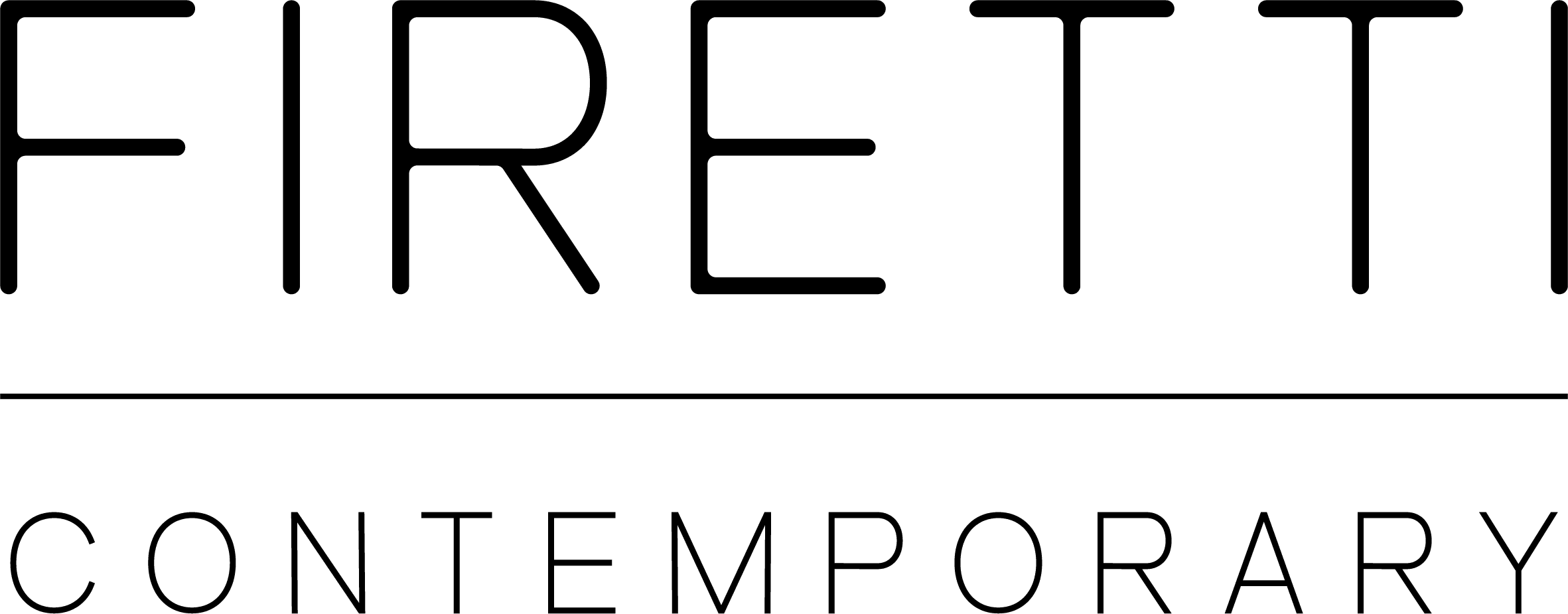Breaking Boundaries brings together antipodal linguistic and cultural aspects
of communication through the works of Saudi Arabian artist, Nasser Al Salem and British artist, Josh Rowell.
It is considered a truism that language is a crucial tool for successful communication in all walks of life. Since early history, humans have crafted languages in order to refine communication. The emergence of language was a defining moment in the evolution of modern humans, setting the pivotal foundation for all means of dialogue. Throughout the history of linguistics, the expansion in methods of communication has led to an unlimited potential for interpretation.
In Breaking Boundaries, Al Salem and Rowell use language as the core of their artistic practice, however, both artists explore and juxtapose concepts of communication in diverse ways. Through the works of Josh Rowell, we are presented with a language that explores and reshapes information, and celebrates the hand-made in a time that is increasingly being enveloped by the virtual. Nasser Al Salem, on the other hand, pushes the boundaries of age-old Islamic art by re-inventing it in non-conventional mixed media forms and by exploring its conceptual potential.
With Breaking Boundaries, Firetti Contemporary once again pushes the importance of the gallery to act as a platform for connecting minds and concepts within a global cultural space, by intersecting ideas and themes of significance towards the forefront of the art scene.


